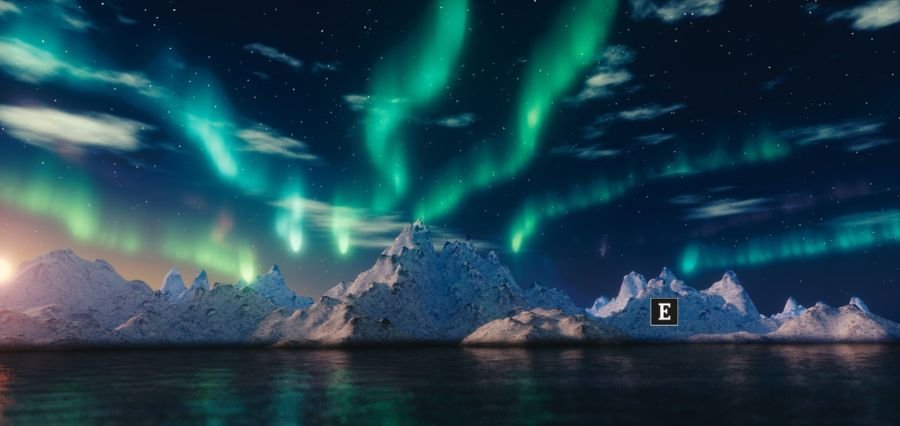Prime Highlights:
- It is visible in 14 U.S. states on June 25 due to a geomagnetic storm.
- The most ideal time to observe is the late night with clear skies and far from city lights.
Key Facts
- The aurora will be visible as far south as Iowa and Nebraska.
- The activity has been triggered by solar wind from a coronal hole colliding with Earth’s atmosphere.
- Space weather forecasters have put out a moderate geomagnetic storm warning.
Key Background
The northern lights, or aurora borealis, are the most stunning display of nature, normally the prerogative of high-latitude locations such as Alaska or northern Canada. But on June 25, people living in 14 U.S. states have a slim possibility of seeing it from much farther south than under ordinary circumstances. The unprecedented appearance is triggered by a geomagnetic storm caused by solar wind emanating from a coronal hole in the Sun’s surface.
Solar activity has been increasing as we approach the peak of the Sun’s ongoing 11-year solar cycle. These maxima are intervals during which sunspots and solar flares occur more frequently, often accompanied by coronal mass ejections and a stronger solar wind. When these energetic particles impact Earth’s magnetic field, they get atoms in the atmosphere excited, leading to the twirling lights of auroras.
The National Oceanic and Atmospheric Administration (NOAA) posted a moderate geomagnetic storm warning for June 25, where the northern lights can be viewed far beyond their normal range. Some of the states that are most likely to view the northern lights are Montana, North Dakota, South Dakota, Minnesota, Wisconsin, Michigan, and as far south as Nebraska and Iowa, depending on local atmospheric and weather conditions.
Best observing, say experts, is done by traveling to an open space in a dark region with minimal city lights and observing in the northern direction past midnight. Since the summer solstice was short ago, nights are brief these days, and the window opportunity is small. Sky viewers are encouraged to keep an eye on local weather conditions and observe aurora activity using sky viewing software or space weather monitoring tools.
Although aurora visibility can never be assured because of clouds and atmospheric conditions, the solar conditions that are currently present make June 25 a sure bet. You do not have to be an old hand at sky watching or an observantesque observer to find yourself seeing an incredible display of nature without going too far north.
Read Also : Tech Tax Tensions: U.S. and Canadian Executives Urge Ottawa to Rethink Digital Services Levy

